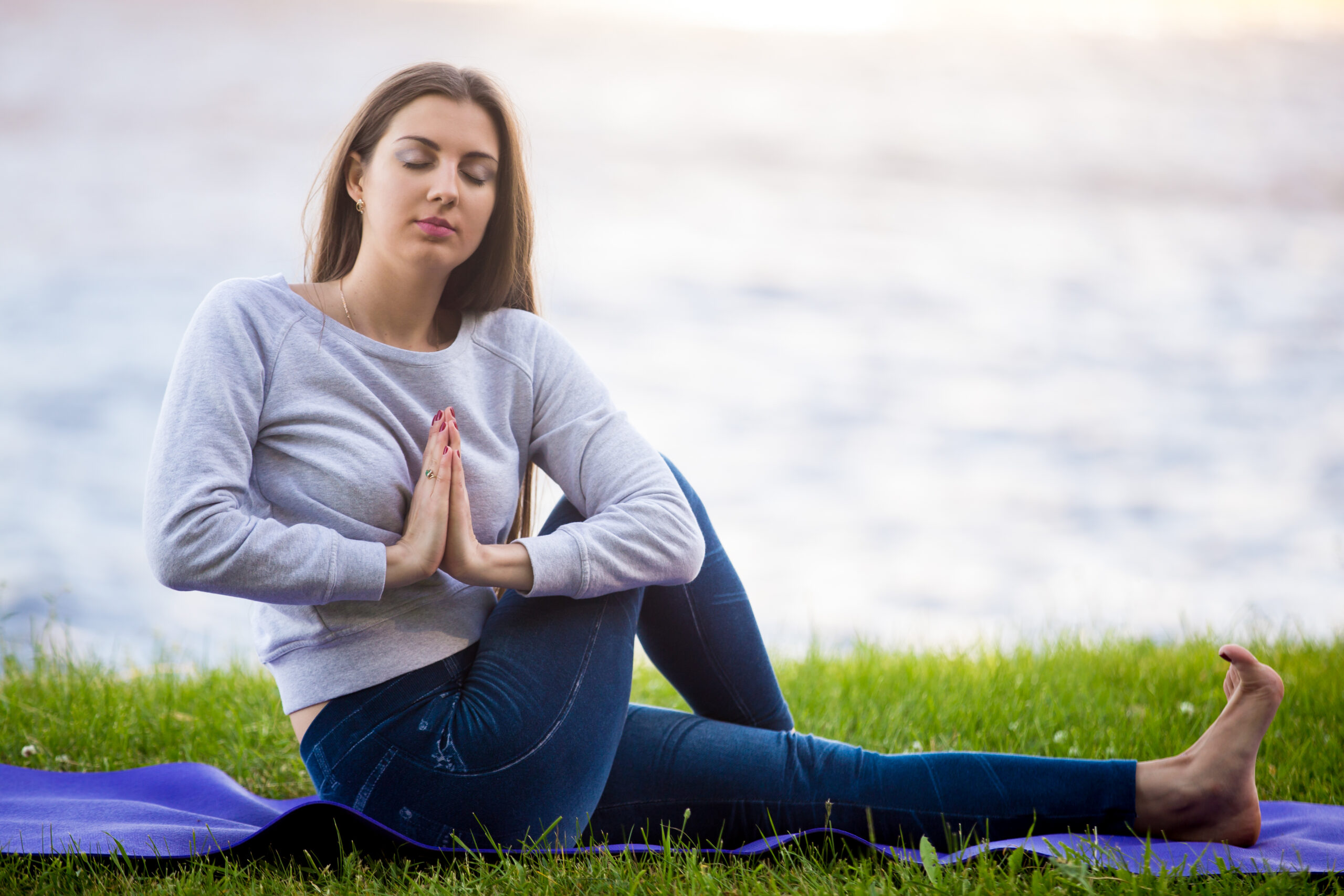Introduction
In today’s fast-paced world, where stress and anxiety seem to be constant companions, finding ways to promote both physical and mental well-being is essential. Yoga, an ancient practice that originated in India over 5,000 years ago, has gained immense popularity worldwide for its remarkable ability to enhance both the mind and body. In this comprehensive guide, we will delve into the myriad benefits of practicing yoga and offer practical tips on how to get started on your yoga journey.
Understanding Yoga: More Than Just Physical Poses
Before we dive into the benefits, it’s crucial to understand that yoga is not just about performing intricate physical poses or asanas. It encompasses a holistic approach to health and wellness that includes physical postures, breathing techniques, meditation, and ethical principles. The word “yoga” itself is derived from the Sanskrit word “yuj,” which means to unite or yoke. Yoga aims to unite the mind, body, and spirit, fostering harmony and balance in one’s life.
Physical Health Benefits of Yoga
Improved Flexibility: One of the most noticeable physical benefits of yoga is enhanced flexibility. Regular practice can gradually increase your range of motion, making everyday activities easier and reducing the risk of injury.
Increased Strength: Many yoga poses require you to support your body weight, which can help build and tone muscles. It’s an excellent complement to traditional strength training exercises.
Better Posture: Yoga emphasizes body awareness, alignment, and balance. Over time, this can lead to improved posture and reduced back, neck, and shoulder pain.
Pain Management: Yoga can be a natural way to manage chronic pain conditions like arthritis and lower back pain. Certain poses and stretches can provide relief and improve mobility.
Enhanced Cardiovascular Health: Some styles of yoga, such as Vinyasa or Power Yoga, involve continuous movement and flow. These practices can elevate your heart rate and contribute to better cardiovascular health.
Weight Management: While not a vigorous calorie-burning activity, yoga can help you become more mindful of your body and eating habits, which can support weight loss and maintenance.
Improved Balance and Coordination: The focus on balance in many yoga poses can help improve coordination and reduce the risk of falls, especially in older adults.
Mental Health Benefits of Yoga
Stress Reduction: Yoga is renowned for its stress-relieving benefits. The combination of deep breathing and mindfulness techniques can calm the nervous system, reducing the production of stress hormones.
Anxiety and Depression Management: Numerous studies have shown that regular yoga practice can reduce symptoms of anxiety and depression. It promotes the release of mood-enhancing neurotransmitters and encourages a positive outlook on life.
Enhanced Mental Clarity: Yoga encourages mindfulness and the practice of being present in the moment. This can lead to improved concentration, focus, and mental clarity.
Better Sleep: Insomnia and poor sleep quality are common in our fast-paced society. Yoga can help improve sleep patterns by relaxing the body and mind, making it easier to fall asleep and stay asleep.
Boosted Self-Esteem: Yoga fosters self-acceptance and self-compassion. As you progress in your practice and achieve new poses or meditation milestones, it can boost your self-esteem and self-confidence.
Emotional Regulation: Yoga encourages emotional awareness and the ability to manage your emotions more effectively. It can provide a safe space to explore and release pent-up emotions.
How to Get Started with Yoga
Now that we’ve explored the many benefits of yoga, you might be eager to begin your yoga journey. Here’s how to get started:
Find a Suitable Yoga Style:
There are various yoga styles to choose from, each with its unique approach and emphasis. Some popular styles include:
Hatha Yoga: A gentle introduction to the most basic yoga postures.
Vinyasa Yoga: Focuses on breath synchronized with movement, offering a flowing, dynamic practice.
Bikram Yoga: Practiced in a hot room with a set sequence of 26 challenging poses.
Iyengar Yoga: Emphasizes precision and alignment, often using props to assist in poses.
Ashtanga Yoga: A fast-paced, physically demanding style that follows a specific sequence of postures and is similar to Vinyasa.
Research these styles to find one that aligns with your goals and preferences.
Seek Guidance:
While it’s possible to practice yoga at home with online tutorials, it’s beneficial, especially for beginners, to seek guidance from a certified yoga instructor. Joining a yoga class can provide you with personalized instruction, feedback, and a supportive community.
Invest in Basic Yoga Gear:
You don’t need an extensive collection of gear to start practicing yoga. A comfortable yoga mat, suitable clothing that allows for movement, and possibly props like blocks and straps are all you need to begin.
Start Slowly:
Remember that yoga is a journey, not a destination. It’s essential to start slowly, especially if you’re new to physical activity. Listen to your body, and don’t push yourself too hard in the beginning.
Practice Consistency:
Consistency is key to experiencing the full range of benefits that yoga offers. Set aside regular time for your practice, even if it’s just a few minutes each day. Gradually, you can increase the duration and intensity of your sessions.
Combine Physical and Mental Aspects:
Yoga is not just about physical poses; it also includes breathwork and meditation. Incorporate all these elements into your practice to enjoy a well-rounded experience.
Explore Different Instructors and Resources:
As you progress, explore different instructors and resources to diversify your practice. There are numerous online classes, books, and apps available to help you deepen your understanding of yoga.
Be Patient:
Yoga is a journey of self-discovery and growth. Be patient with yourself, and don’t get discouraged if you can’t master advanced poses right away. Progress at your own pace, and embrace the process.
Conclusion
In conclusion, yoga is a powerful practice that offers a wide range of physical and mental health benefits. It’s a holistic approach to well-being that can help you achieve balance and harmony in your life. Whether you’re looking to improve your flexibility, manage stress, or enhance your overall quality of life, yoga has something to offer everyone. So, take the first step on your yoga journey today and experience the transformative effects of this ancient practice for yourself. Remember, it’s not just about touching your toes; it’s about what you learn on the way down.




[…] Exploring the Benefits of Yoga for Mind and Body […]
[…] Exploring the Benefits of Yoga for Mind and Body […]
[…] an exercise routine that you enjoy, whether it’s going for a jog, practicing yoga, or dancing. The key is consistency. Schedule workouts into your week, and consider exercising with […]